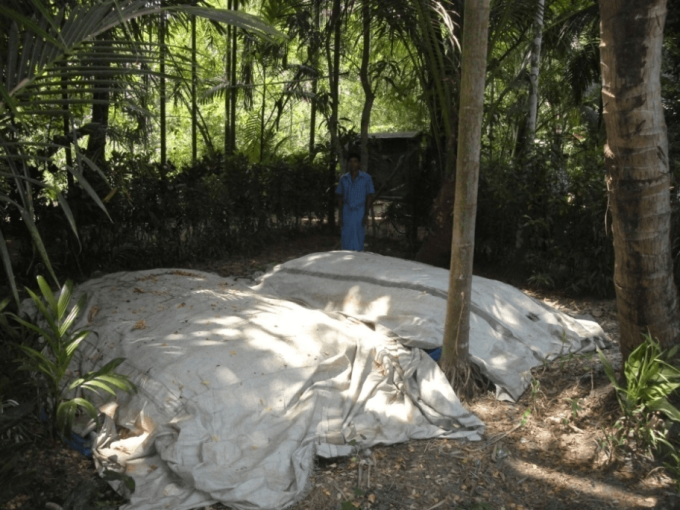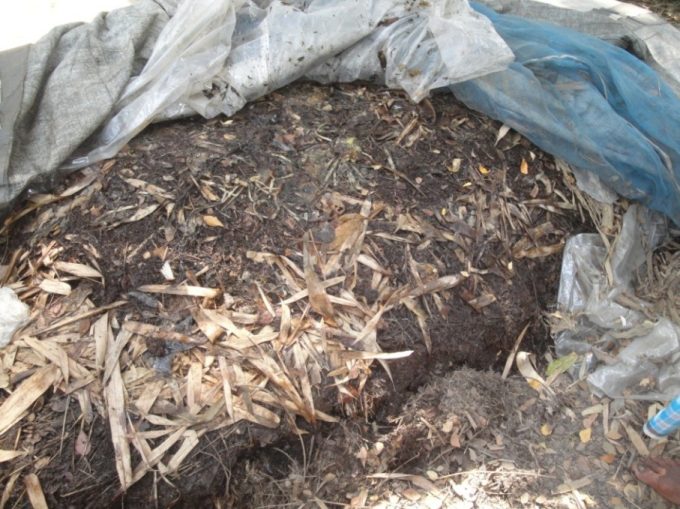Supported by: GRET
Location: Myanmar
Fact sheet: download
U Tin Cho usual practice before was burning the remaining rice straw in the field after harvest to carry out the land preparation for the following monsoon season. By burning the rice straw in the field, they considered that the cycle of some rice diseases in the previous season can also be cut out. Although some farmers know that rice straw compost would be a very valuable organic fertilizer in their paddy cultivation, farmers in the area did not practice rice straw composting due to its long (5-6 months) time required for full decomposition. In fact the government (department of Agriculture) encourages the farmers to practice fast composting method using effective microorganisms (EM), but not all farmers can obtain the EM solution regularly. Therefore in 2015, Gret’s local agronomists introduced the local production of indigenous effective microorganisms called IEM from locally available materials as an alternative solution to most farmers for fast composting. After attending the Gret’s trainings, U Tin Cho started producing IMO solution by himself and used them in composting the rice straw obtained from summer paddy after harvest in early 2015. Then he used the resulting compost both in nursery bed and in his cultivated fields.






